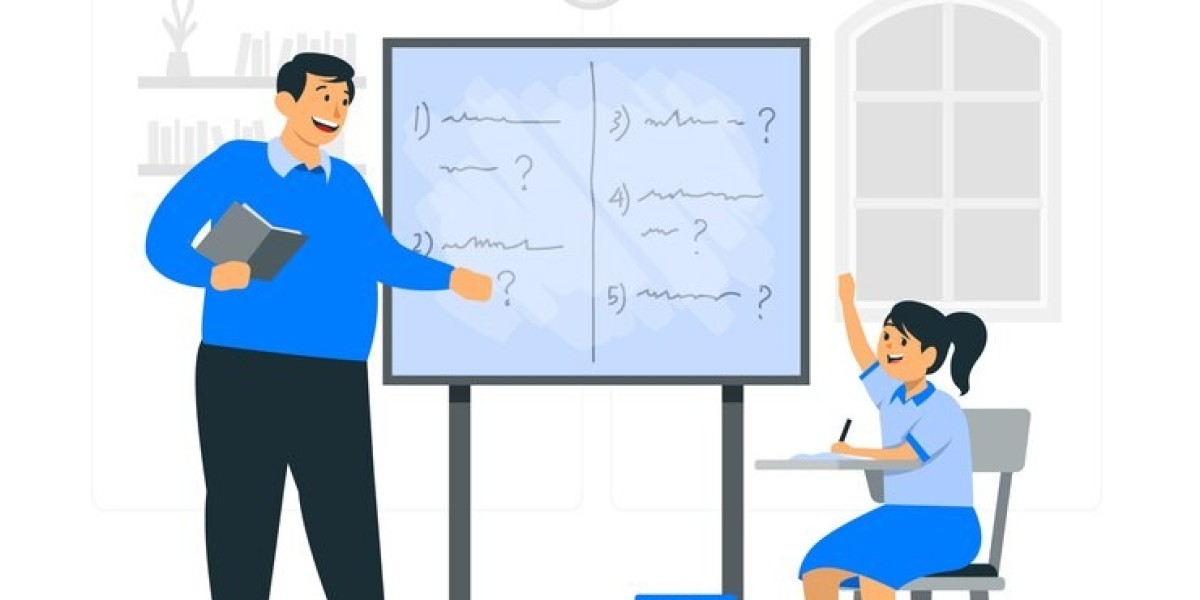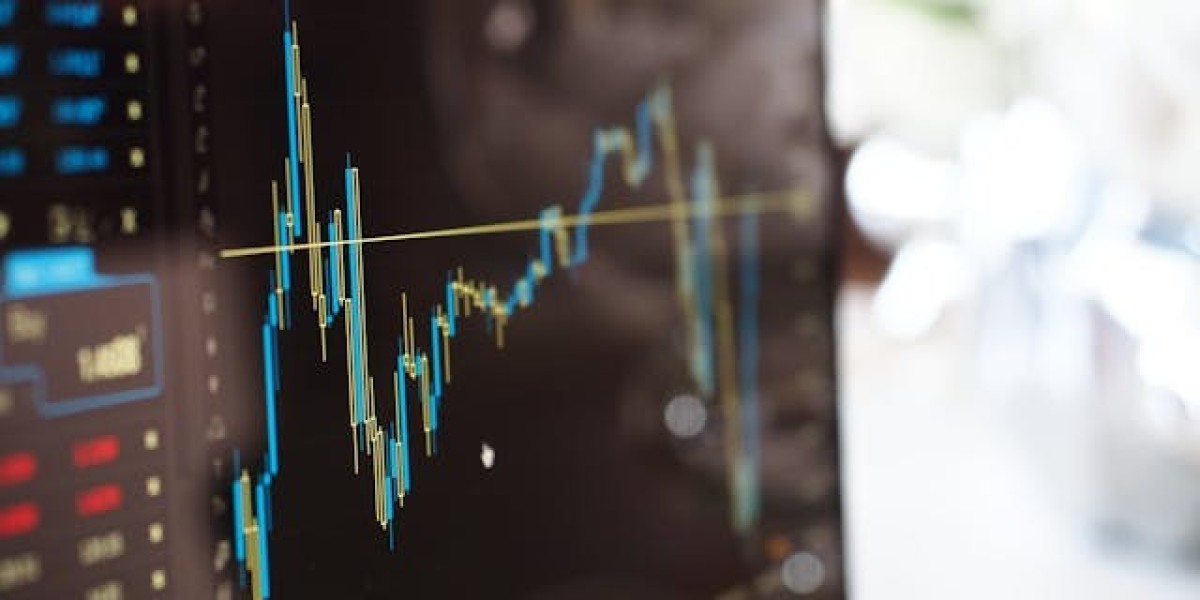Article photo by freepik (link)
Worksheets His knowledge, personality and uniqueness have the greatest impact on his students, he is not only a source of scientific ability, but also a good medicine and example, and every step he takes or simple movement he makes to remain in the memory of the generations that determine it, and decide its importance is the existence of an organizational process and not just an educational one.
The teacher's vision of himself is important and necessary in order to evaluate his personality and performance to reach a better level that he can be at, in order to become largely responsible for raising the young.
Self-assessment of the teacher
The idea of self-assessment is based primarily on the individual always evaluating himself for the sake of development, and perhaps the teacher is the one who needs it most due to the sensitivity of his position extending to the coming generations of his students.
The importance of this idea lies in the fact that the teacher himself is evaluated before others do it, which is in itself a noble idea and a dedication to deepening the personality and his vision of himself.
Benefits of self-assessment of the teacher
It helps the teacher develop himself by himself to be able to obtain an image before he is evaluated by his supervisors and management.
Keeping up with the latest developments in the field of education and applying them to himself.
Self-exploration to separate the theoretical from the practical, where the teacher gets to know your personality with its flaws and advantages.
Practical training on credibility and transparency with oneself, which then extends to include others.
Keeping up with the modern and simple self-development methods in the world, which depend on self-criticism before the evaluations of others.
A role model and an example for amateurs to follow.
The welcome message came to the work of the teacher who strives to please them through developing celebrities.
advertisement
Self-assessment techniques
Writing a diary or a detailed definition explaining the strengths and weaknesses in the work.
Preparing a self-assessment card.
A popular/electronic referendum distributed to their votes to take their opinion on inflation.
A popular/electronic referendum distributed to colleagues to take their opinion and observations on performance.
Develop a scheduled plan and compare the two successes.
Invite one of the school/teachers to participate in the class and follow up with you and inform you of the results later.
Conducting self-assessment tests (academic-personal) on global education sites.
Watching a video of the lecture and writing personal thoughts about performance and how to develop it, and people's opinions can be taken reliably in their direction.
Features of self-assessment
To be comprehensive, so that it covers all aspects of the teacher's work.
To be digital so that it can be linked to statistics.
To rely on private entities such as the famous St. Petersburg University.
Elements of the teacher's self-assessment
Several elements must be available in the self-assessment that the teacher adopts for himself, and despite the diversity of these areas, they are all linked to and interact with the smart ones.
Self-confidence:
It can be measured by the fluidity of the self-assessment available on the Internet, just be sure to pick out the differences from it even if they are not free.
The ability to control the class:
It can be measured by questionnaires filled out by students or colleagues who volunteer to attend.
Achieving success:
It is measured by a written plan at the beginning of the school year for the goals that the teacher wants to achieve, and putting a mark in front of what has been achieved and what needs to be implemented.
Other periods of evaluation forces
Planning and preparation:
The teacher's ability to prepare for the lecture and the extent to which it matches the curriculum and basic elements is evaluated.
The environment inside the classroom:
In which the teacher tries to measure the year through the classroom, and the extent of participation in benefiting from all cultures and ethnicities inside the classroom and applying an effective integrated idea.
Teaching:
In which the interaction between students and teachers is measured, as well as their interaction with team members, as well as the coordination with which they progress in their academic path.
Professional responsibilities:
The teacher tests his cooperation, and his ability to communicate with the guardian, with the teacher contemplating his own practices, which include his words, way of speaking, ethics, and social behaviors.
Disadvantages of not applying self-assessment for science
Not applying the idea of self-education deprives the teacher of a unique human experience, and makes him subject to the assessments of others that may be of nature or otherwise.
It also develops a mistake in the teacher that he is good at everything or that he is super fast, which is not true.
Conclusion
Following the teacher’s self-assessment policy is one of the most important elements that includes his professional and personal success, and gives him the impetus, enthusiasm and incentive to complete the journey in raising effective, motivated and aware young people.
Thank you !








